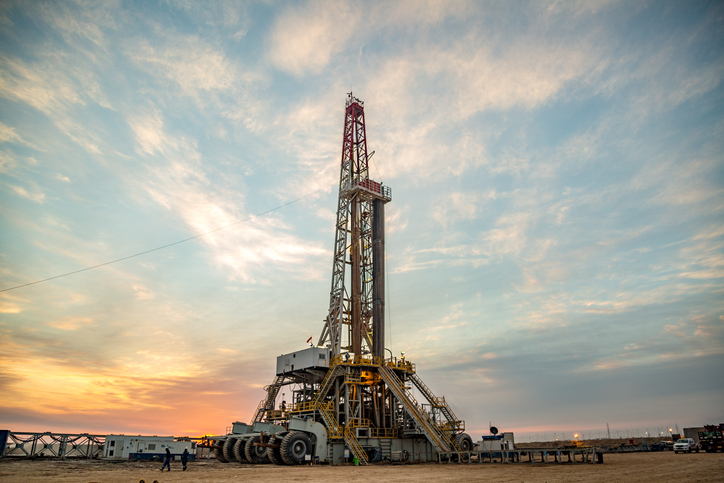
Exxon Mobil and Chevron are looking to the Permian Basin to boost sagging profits, as falling oil and natural gas prices continue to drag down their bottom lines.
Exxon and Chevron Lost Billions in 4th Quarter of 2019
Exxon saw profits drop 4% during the fourth-quarter of 2019. The company’s petrochemical business was among the hardest hit, with that unit losing $355 billion.
Chevron – which is considered by many analysts to be one of the market’s healthier energy companies – lost $6.6 billion during the fourth quarter. Earnings for the entire year were off by about 80%, falling from $14.8 billion in 2018 to $2.9 billion in 2019.
The earnings disclosures caused both companies’ share price to fall about 4% last Friday, wiping out more than $20 billion in combined value.
“It’s a sorry state of affairs. It’s hard to get excited about the energy industry as a whole,” Jennifer Rowland, an energy analyst with Edward Jones, told The Houston Chronicle. “Then you have a day like today and you see sometimes there are no safe havens.”
Permian Basin Drilling in “Full-Factory Production Mode”
Falling energy prices over the past year have already caused thousands of oilfield workers to lose their jobs. Unfortunately, anemic earnings at Exxon and Chevron suggest even more layoffs could be on the way – except in the Permian Basin.
According to the Chronicle, both companies are now looking to West Texas and the Permian Basin to shore up their balance sheets.
The Permian, which stretches across West Texas and into New Mexico, is currently producing 4.8 million barrels of oil a day — almost half of Saudi Arabia’s total output. And thanks to its unique geography and recent technological advances in fracking, drillers in the Permian can turn a profit even when the price of oil falls as low as $48 per barrel.
Exxon currently produces about 300,000 barrels per day in the Permian and plans to exceed 500,000 barrels per day by the end of this year. Chevron is already above 500,000 barrels per day and is aiming for at least 600,000 barrels in 2020
To get there, both companies are using an assembly-line approach to pull crude from the ground.
“We’re at what I would call full-factory production mode right now in the Permian,” Chevron CEO Michael Wirth told the Chronicle.
Rush to Profit Means More Danger for Permian Oilfield Workers
So, it appears Exxon, Chevron, and other big oil companies will help keep the Permian boom going, even as low energy prices cause production to lag elsewhere. But with drillers desperate to boost profits by extracting as much oil and gas as they can, as fast as they can, oilfield jobs in West Texas and throughout the rest of the Permian will likely become even more dangerous in the near future.
The occupational injury rate for oil and natural gas workers is already four to seven times higher compared to other workers in the United States.
When oil companies face pressure to increase profits amid falling energy prices, they’re more likely to cut corners, neglect equipment maintenance, and ignore vital safety regulations intended to prevent catastrophic accidents and explosions.
Meanwhile, the booming oilfields will continue to put thousands of heavy trucks and 18-wheelers – along with inexperienced and fatigued truckers – on the roads and highways across West Texas, where the rate of serious and fatal traffic accidents had already been rising steadily since production began ramping up in 2016.
Undefeated Oilfield Accident Lawyers: Call 1-888-603-3636 or Click Here for a Free Consult.
Our Undefeated Oilfield Accident Lawyers have won billions for thousands of oilfield workers in Texas, Louisiana, and New Mexico following catastrophic drilling rig accidents, pipeline explosions, and oil truck crashes.
Call 1-888-603-3636 or Click Here to send us a confidential email via our “Contact Us” form.
All consultations are free and, because we only represent clients for a contingency fee, you’ll pay nothing unless we win your case.